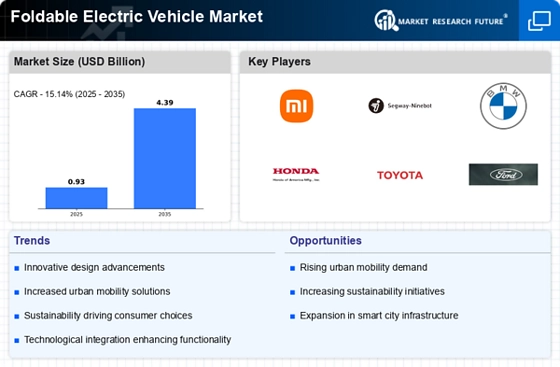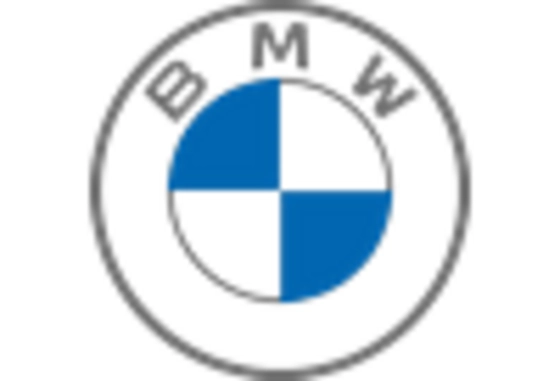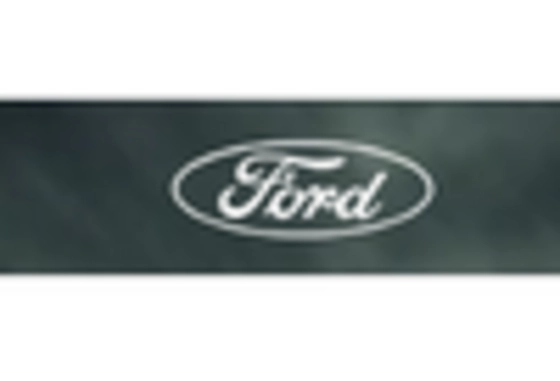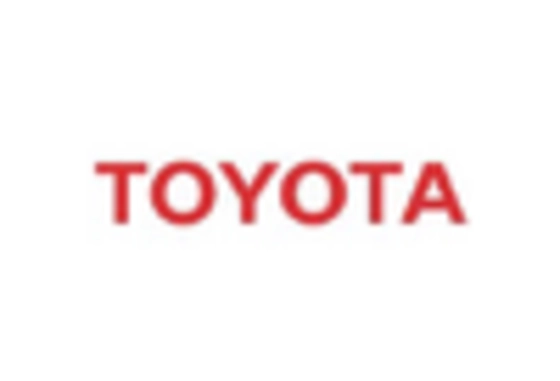The Foldable Electric Vehicle Market is currently characterized by a dynamic competitive landscape, driven by technological advancements, urbanization, and a growing emphasis on sustainable transportation solutions. Key players such as Xiaomi (China), Segway-Ninebot (China), and BMW (Germany) are at the forefront, each adopting distinct strategies to enhance their market positioning. Xiaomi (China) focuses on innovation and affordability, leveraging its extensive consumer electronics expertise to integrate smart technology into its foldable electric vehicles. Segway-Ninebot (China), on the other hand, emphasizes partnerships and collaborations, particularly with urban mobility initiatives, to expand its reach and enhance user experience. BMW (Germany) is investing heavily in premium offerings, aligning its foldable electric vehicles with its luxury brand image, thereby appealing to a niche market segment. Collectively, these strategies contribute to a competitive environment that is increasingly centered around technological innovation and consumer-centric solutions.
In terms of business tactics, companies are localizing manufacturing to reduce costs and enhance supply chain efficiency. This approach is particularly evident in regions with high demand for foldable electric vehicles, such as urban centers in Europe and Asia. The market structure appears moderately fragmented, with several players vying for market share, yet dominated by a few key companies that influence trends and consumer preferences. The collective influence of these major players shapes the market dynamics, fostering an environment where innovation and strategic partnerships are paramount.
In August 2025, Xiaomi (China) announced the launch of its latest foldable electric scooter, which features advanced AI capabilities for enhanced navigation and user interaction. This strategic move not only reinforces Xiaomi's commitment to innovation but also positions the company to capture a larger share of the urban mobility market, appealing to tech-savvy consumers seeking smart transportation solutions. The integration of AI technology is likely to set a new standard in user experience, potentially influencing competitors to enhance their offerings.
In September 2025, Segway-Ninebot (China) entered a strategic partnership with a leading urban transport authority to develop a shared foldable electric vehicle program. This initiative aims to promote sustainable urban mobility and is indicative of Segway-Ninebot's strategy to align with governmental sustainability goals. By collaborating with public entities, the company enhances its visibility and credibility, while also tapping into new revenue streams through shared mobility solutions.
In October 2025, BMW (Germany) unveiled a new line of foldable electric vehicles designed specifically for urban environments, featuring modular designs that allow for easy storage and transport. This launch underscores BMW's focus on premium, high-performance products that cater to the evolving needs of urban consumers. By emphasizing design and functionality, BMW aims to differentiate itself in a crowded market, appealing to consumers who prioritize both aesthetics and practicality in their mobility solutions.
As of October 2025, the competitive trends in the Foldable Electric Vehicle Market are increasingly defined by digitalization, sustainability, and the integration of artificial intelligence. Strategic alliances are becoming more prevalent, as companies recognize the value of collaboration in enhancing their technological capabilities and market reach. Looking ahead, competitive differentiation is likely to evolve from traditional price-based competition to a focus on innovation, advanced technology, and supply chain reliability. This shift suggests that companies that prioritize these aspects will be better positioned to thrive in an increasingly competitive landscape.

















Leave a Comment